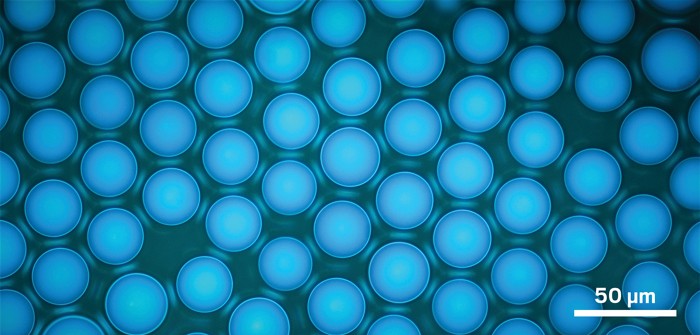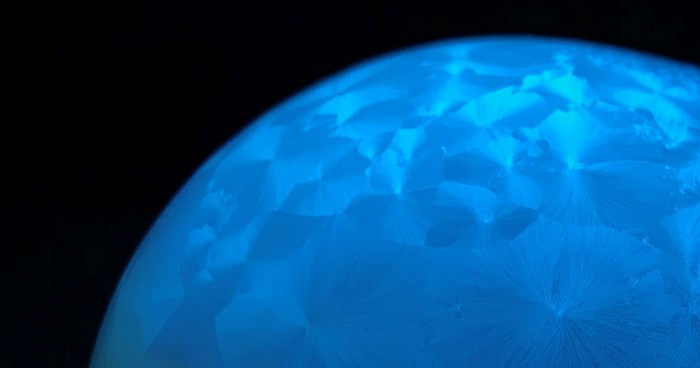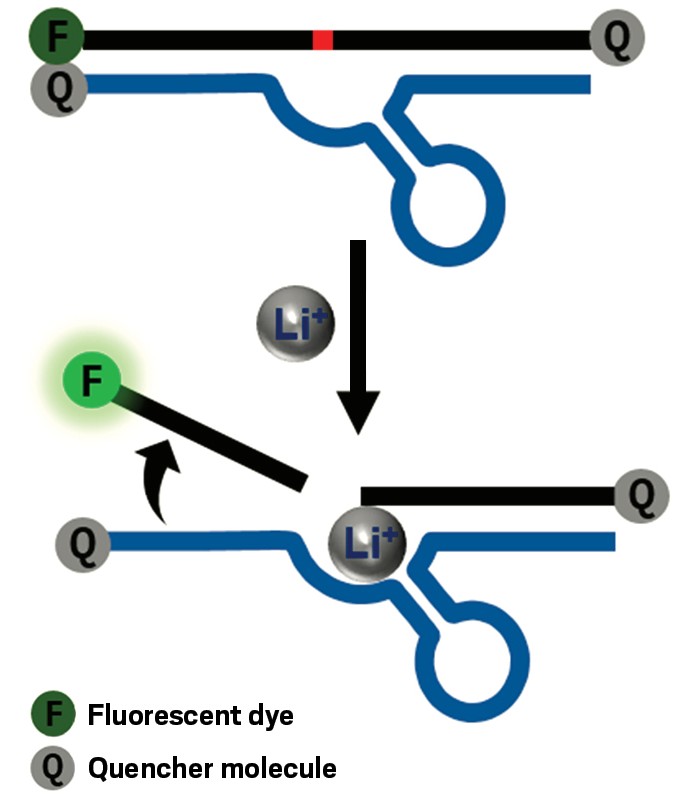Advertisement
Grab your lab coat. Let's get started
Welcome!
Welcome!
Create an account below to get 6 C&EN articles per month, receive newsletters and more - all free.
It seems this is your first time logging in online. Please enter the following information to continue.
As an ACS member you automatically get access to this site. All we need is few more details to create your reading experience.
Not you? Sign in with a different account.
Not you? Sign in with a different account.
ERROR 1
ERROR 1
ERROR 2
ERROR 2
ERROR 2
ERROR 2
ERROR 2
Password and Confirm password must match.
If you have an ACS member number, please enter it here so we can link this account to your membership. (optional)
ERROR 2
ACS values your privacy. By submitting your information, you are gaining access to C&EN and subscribing to our weekly newsletter. We use the information you provide to make your reading experience better, and we will never sell your data to third party members.
Chemical Sensing
Chemistry In Pictures
Chemistry in Pictures: Emulsion in aquamarine
by Manny I. Fox Morone
May 5, 2023

Each droplet in this glowing emulsion is held together by a special molecule: a fluorescent emulsifying agent. Rakesh Narani, a PhD student in the lab of Che-Jen Lin at National Dong Hwa University, made the droplets by combining the emulsifying agent with water, a fluorocarbon oil, and a hydrocarbon oil. The two oils normally don’t mix, so the emulsifier acts as an intermediate between them. Each emulsifier molecule has two different sidechains. One of the chains is only soluble in the fluorocarbon oil and stays anchored in that phase of the mixture. The other sidechain remains anchored in the hydrocarbon phase. If there’s enough of the emulsifier present, those two-sided molecules can completely encase droplets of the hydrocarbon oil and bring them into fluorocarbon/water phase.
In this case, the emulsifier is fluorescent and changes its color when it crowds together around the droplets versus when it floats off in the fluorocarbon phase. Narani and Lin want to use this color change—otherwise known as aggregation-induced emission—to sense biological and environmental pollutants.
Submitted by Rakesh Narani and Che-Jen Lin
Do science. Take pictures. Win money. Enter our photo contest here.




Join the conversation
Contact the reporter
Submit a Letter to the Editor for publication
Engage with us on Twitter